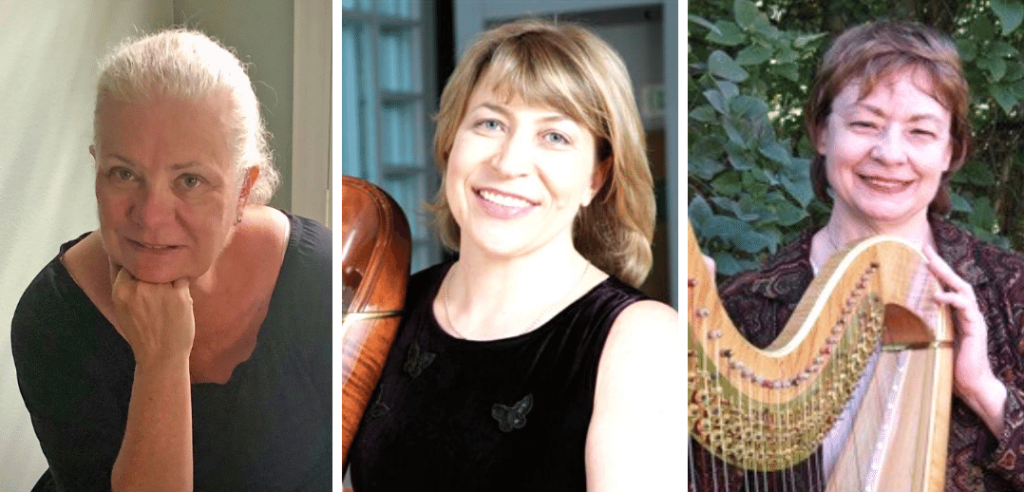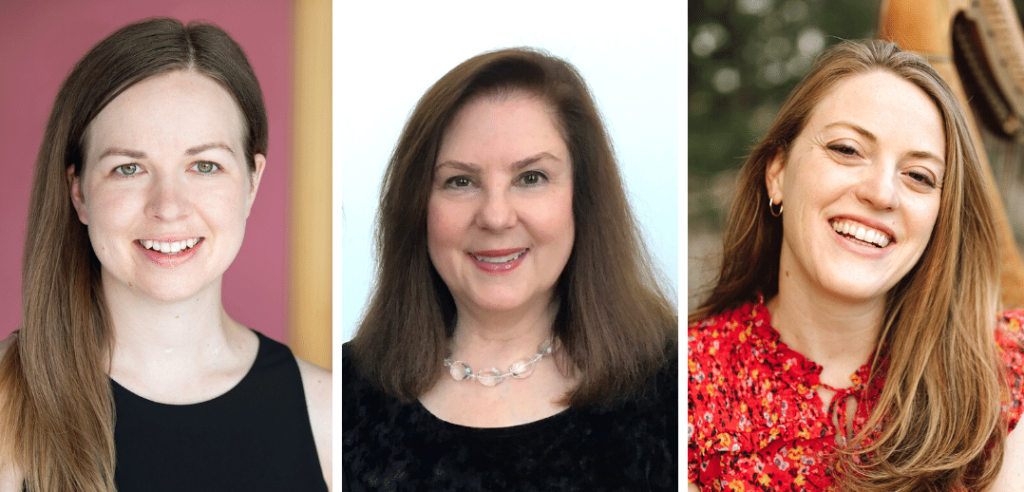Yes, it is, and I definitely recommend it. Using a looper can make you freer and give you the chance to be multiple instruments, all in one. You can tap all around the harp, looking for different sounds and rhythms to record, or find a cool and simple bass line and then improvise on them with nice melodies. At the very beginning, it can be frightening. You have to practice until you are confident enough to have fun. But even with really simple lines and harmonies, you can achieve a wonderful result, and the audience loves it! In addition, you can experiment a lot with sounds, overdubbing different effects that you can extract from the harp, creating a totally new sound-universe in a concert.
I love playing pieces with a looper in recitals. It doesn’t matter if they are original pieces or song covers or new arrangements of folk tunes; it makes the performance more interesting for the audience and more challenging and fun for you as a performer. Last but not least, using a looper can be really useful for background music, where you may otherwise risk getting bored during a long gig.
—Vanja Contu from Turni, Italy, is a soloist as well as part of the classical ensemble, Amaltea Trio. She likes to collaborate with musicians from different genres using electronic equipment.
It is absolutely feasible to perform with a looper pedal at gigs. I use a looper for most performances, and it really enhances my ability to layer. It allows me to be more self-sufficient and play other musical roles (percussion, bass, etc.) and opens up a new world of creativity for me.
Logistically, I always carry an extension cable with me (as sometimes the power outlet can be far from where I am meant to perform) and a power strip to make sure I never run out of spots to plug in my looper and amp! Performing with a looper has been revolutionary for me and the music that I make. It’s all about finding the right tools for your musical journey!
—LA harpist Lara Somogyi is an active session harpist, recording in a wide range of genres for orchestras, film and TV, and pop artists, and uses electronics, loopers, and fx pedals.
Yes, and in fact it’s much less problematic than using a looper in conjunction with other live musicians, which requires thorough setting up of monitors for each performer to clearly hear the loops back over the sound of the band. As a solo harpist, it’s an ideal tool for live performance. My Boss RC-30 has been an integral part of my work for the past 10 years, and I used its predecessor, the Boss RC-20XL, for four years before that. There is a minuscule time lag on the 20XL overdub which meant it was rubbish for live situations, so I upgraded as soon as I could. I still use it in breakdown sections and to create and chop up beats, as it has a beautiful ‘Reverse’ function that the RC30 doesn’t. For experimenting at home, I set the Bossy pair up in tandem! They can be used minimally to great effect, even just for one magical or dramatic moment in a track.
Whatever you want to use looping for, introduce it very gradually into your live set and always have acoustic options, especially for the first few years and always when you’re setting up your own sound. •
—London harpist Eleanor Turner works creatively in world music and hip-hop as a composer, solo harpist, Head of Harp at Royal Birmingham Conservatoire, and harpist in the contemporary folk indie band Ranagrí.















